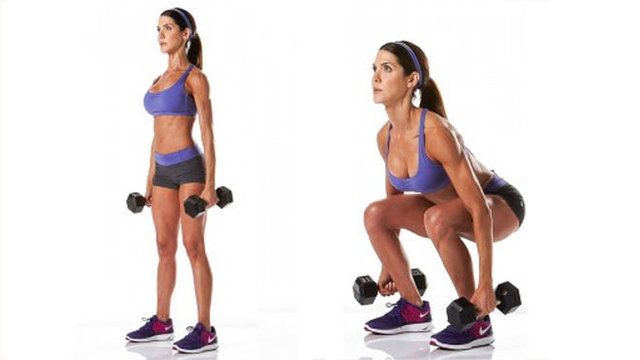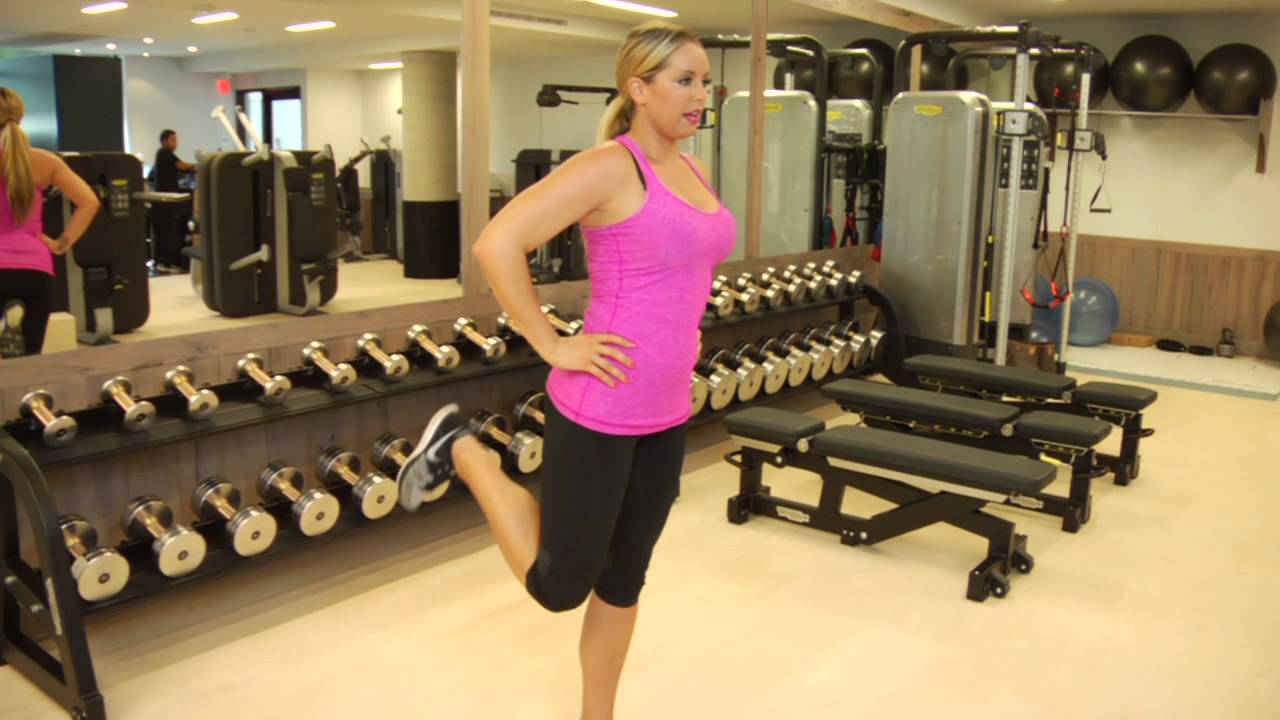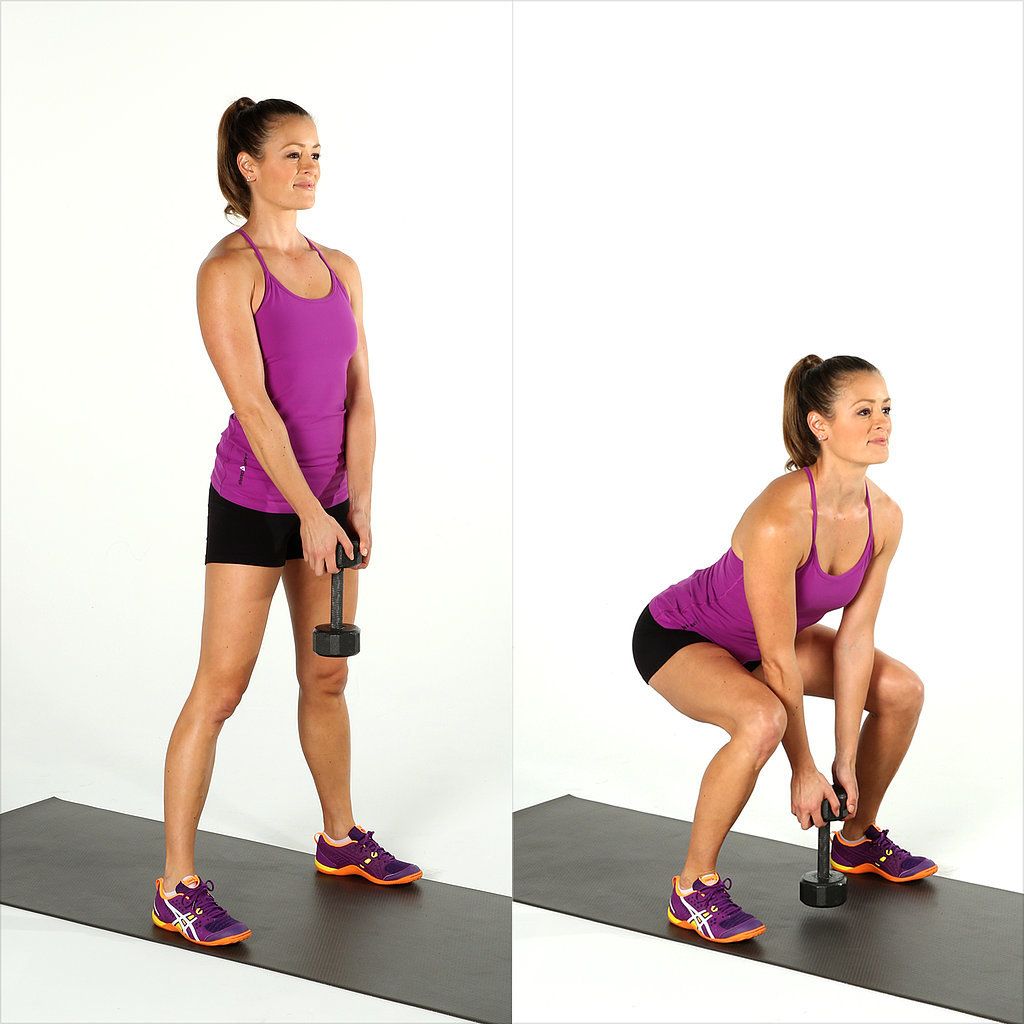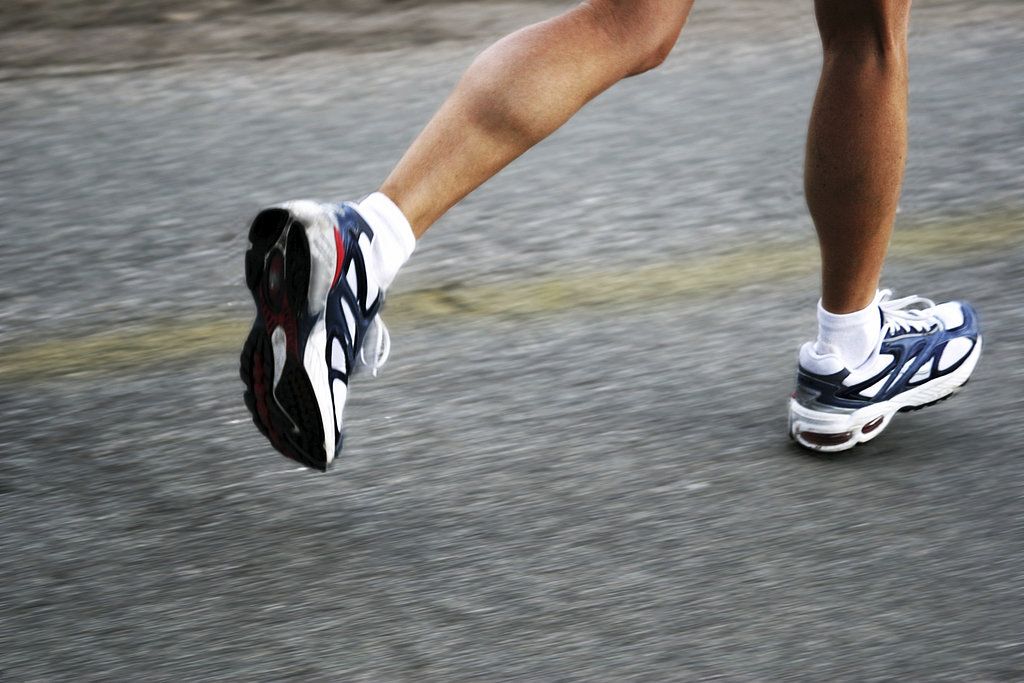The lower body muscles are extremely important, as everyone uses them frequently, in a number of activities, on a day to day basis. You rely heavily on these muscles when you perform any kind of physically demanding task and you should make sure they are strong and healthy. Another very good reason why developing your lower body muscles matters is the fact that muscles enhance the body’s fat burning process and people trying to lose weight are encouraged to incorporate some muscle building into their fitness plan.
The lower body actually has three of the largest muscles in the entire body—the gluteus, hamstrings and quadriceps—and it makes sense to think that if these muscles are well developed, your body will burn more fat. So, now that we’ve given you a few good reasons why you should develop your lower body muscles, here are some simple practical steps you can take to develop all the major and minor muscles in your lower body:
-
Quadriceps

Quadriceps are one of the largest muscle groups in the entire body and comprise four major muscles: the Rectus Femoris, Vastus Medialis, Vastus Intermidus, Vastus Laterlis. Together, these muscles act as extensors(the Rectus Femoris doubles as a flexor too)—muscles which pull the leg, and are therefore responsible for generating power for dynamic sporting activities such as jumping and running.
How to work the quads: Front Squats
-
Hamstrings

Hamstrings are the opposing muscle to the quadriceps and play a major supporting role in the movement of the legs. In technical terms, hamstrings are really the tendons that connect the muscles that are referred to as hamstrings; these muscles are the biceps femoralis, semitendinosus and semimembranosus. Unsurprisingly, as hamstrings are usually less visible, a lot of people tend to give disproportionately high amounts of attention to their quadriceps while ignoring their hamstrings which creates an imbalance that could and often does lead to injuries. Aside from injury prevention, hamstrings are actually the major contributor to speed while running so if you’re into sports or simply looking to improve your personal best, strengthening your hamstrings is a smart idea.
To work hamstrings:
Back Squats, Hamstring Curl, Single Leg bridge
-
Gluteus Family

The gluteus muscles are, individually, used to support the movement of the legs in particular directions. Together these muscles support motion against tension for example when you have to push against something or ride a bike up a hill.
How to work the Glutes: Cook Bridge, Back Squats
-
Hip Abductor

Hip abductors are group of muscles related in function to the glute family. These muscles play a specific role in stabilizing your legs as you walk, run and engage in other such motions. Severe weakness in the hip abductors will result in improper form which is not only inefficient but also puts individuals at a much greater risk of injury.
How to work hip abductors: Use hip abductor machine
-
Thigh Adductors
In all probability, a good number of people you meet on the street probably do not even know of the existence of this very important leg muscle which is somewhat understandable as there are quite a number of large muscles in the upper leg area; but the inner adductors are actually quite large—larger than even the hamstrings, and are capable of generating immense power. Adductors are the major muscle used to pull the legs inwards and for anyone involved in even moderately intense sports, this is one muscle group you simply cannot afford to ignore.
To work them: Use thigh adductor machine
-
Calves

Calves are another major power generator particularly for sports and dynamic physically activities. From lifting heavy objects to jumping, running and climbing stairs, your calves will help to provide balance to keep you on your feet and generate the power that you need to get work done quickly. For people who play sports such as soccer or martial arts, strong calves will also provide greater kicking power.
To work Calves: do calf raises
-
Tibialis Anterior
The tibialis is the opposing muscle to the calves but you could be forgiven for not knowing what it is or what it does as most people are not even aware that they have a muscle that runs along the front of their tibia(lower leg bone that connects the foot and the knee).
To Work the tibialis anterior: Reverse calf raises
Conclusion
A strong lower body is a key component of a fit all round body, with benefits including fat loss, increased balance, speed and etc. You can achieve this goal by following the steps which have been mentioned here.
A personal trainer might be able to help you get the most out of your fitness plan and if you would like to hire one, we would be glad to connect you with someone you can trust. Please contact us at:
WhatsApp number: +971 565 830 067 (Just send us code 3743 and we will get back to you ASAP)
Contact Us: Click here to send us your details or fill in the form below.
You can get in touch with us 24/7 and one of our experts will not only give you a free consultation but also help you pick out an appropriate male or female personal trainer to meet your needs. One-on-one personal training lessons are available in Dubai, Abu Dhabi, Sharjah, Ajman and RAK.
______________________________________________________________